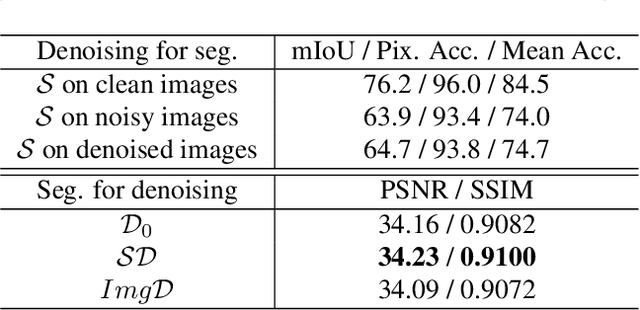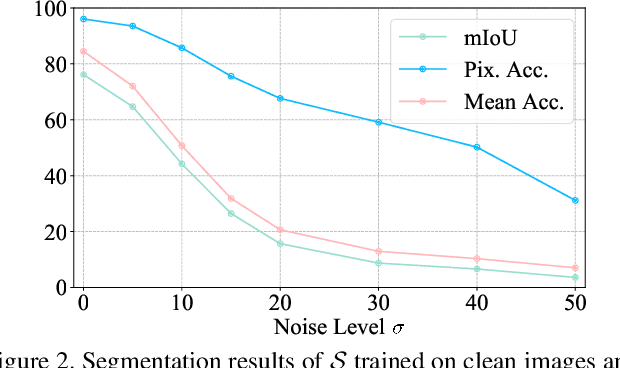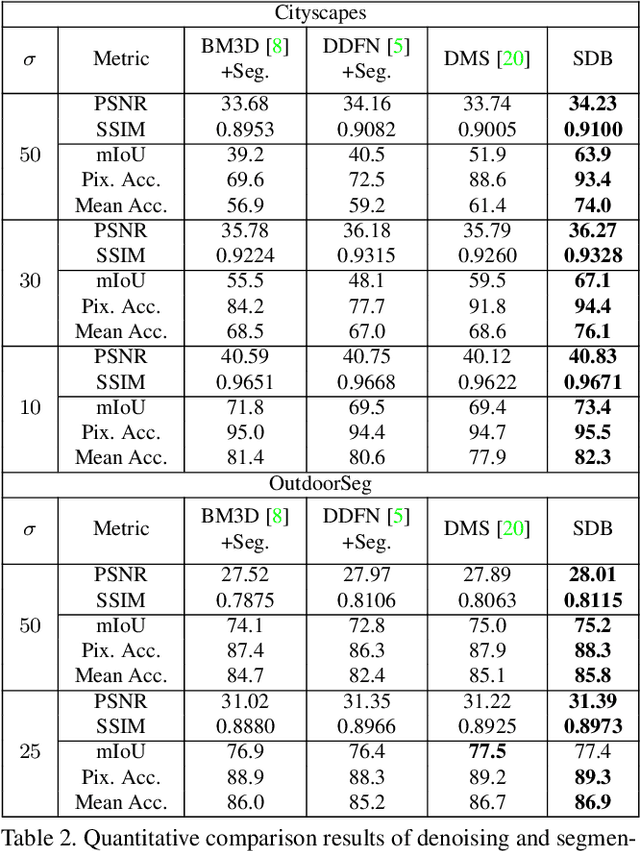Shunxin Xu
On the Effectiveness of Spectral Discriminators for Perceptual Quality Improvement
Jul 22, 2023



Abstract:Several recent studies advocate the use of spectral discriminators, which evaluate the Fourier spectra of images for generative modeling. However, the effectiveness of the spectral discriminators is not well interpreted yet. We tackle this issue by examining the spectral discriminators in the context of perceptual image super-resolution (i.e., GAN-based SR), as SR image quality is susceptible to spectral changes. Our analyses reveal that the spectral discriminator indeed performs better than the ordinary (a.k.a. spatial) discriminator in identifying the differences in the high-frequency range; however, the spatial discriminator holds an advantage in the low-frequency range. Thus, we suggest that the spectral and spatial discriminators shall be used simultaneously. Moreover, we improve the spectral discriminators by first calculating the patch-wise Fourier spectrum and then aggregating the spectra by Transformer. We verify the effectiveness of the proposed method twofold. On the one hand, thanks to the additional spectral discriminator, our obtained SR images have their spectra better aligned to those of the real images, which leads to a better PD tradeoff. On the other hand, our ensembled discriminator predicts the perceptual quality more accurately, as evidenced in the no-reference image quality assessment task.
Towards Interactive Image Inpainting via Sketch Refinement
Jun 14, 2023



Abstract:One tough problem of image inpainting is to restore complex structures in the corrupted regions. It motivates interactive image inpainting which leverages additional hints, e.g., sketches, to assist the inpainting process. Sketch is simple and intuitive to end users, but meanwhile has free forms with much randomness. Such randomness may confuse the inpainting models, and incur severe artifacts in completed images. To address this problem, we propose a two-stage image inpainting method termed SketchRefiner. In the first stage, we propose using a cross-correlation loss function to robustly calibrate and refine the user-provided sketches in a coarse-to-fine fashion. In the second stage, we learn to extract informative features from the abstracted sketches in the feature space and modulate the inpainting process. We also propose an algorithm to simulate real sketches automatically and build a test protocol with different applications. Experimental results on public datasets demonstrate that SketchRefiner effectively utilizes sketch information and eliminates the artifacts due to the free-form sketches. Our method consistently outperforms the state-of-the-art ones both qualitatively and quantitatively, meanwhile revealing great potential in real-world applications. Our code and dataset are available.
Synergy Between Semantic Segmentation and Image Denoising via Alternate Boosting
Feb 24, 2021



Abstract:The capability of image semantic segmentation may be deteriorated due to noisy input image, where image denoising prior to segmentation helps. Both image denoising and semantic segmentation have been developed significantly with the advance of deep learning. Thus, we are interested in the synergy between them by using a holistic deep model. We observe that not only denoising helps combat the drop of segmentation accuracy due to noise, but also pixel-wise semantic information boosts the capability of denoising. We then propose a boosting network to perform denoising and segmentation alternately. The proposed network is composed of multiple segmentation and denoising blocks (SDBs), each of which estimates semantic map then uses the map to regularize denoising. Experimental results show that the denoised image quality is improved substantially and the segmentation accuracy is improved to close to that of clean images. Our code and models will be made publicly available.
 Add to Chrome
Add to Chrome Add to Firefox
Add to Firefox Add to Edge
Add to Edge